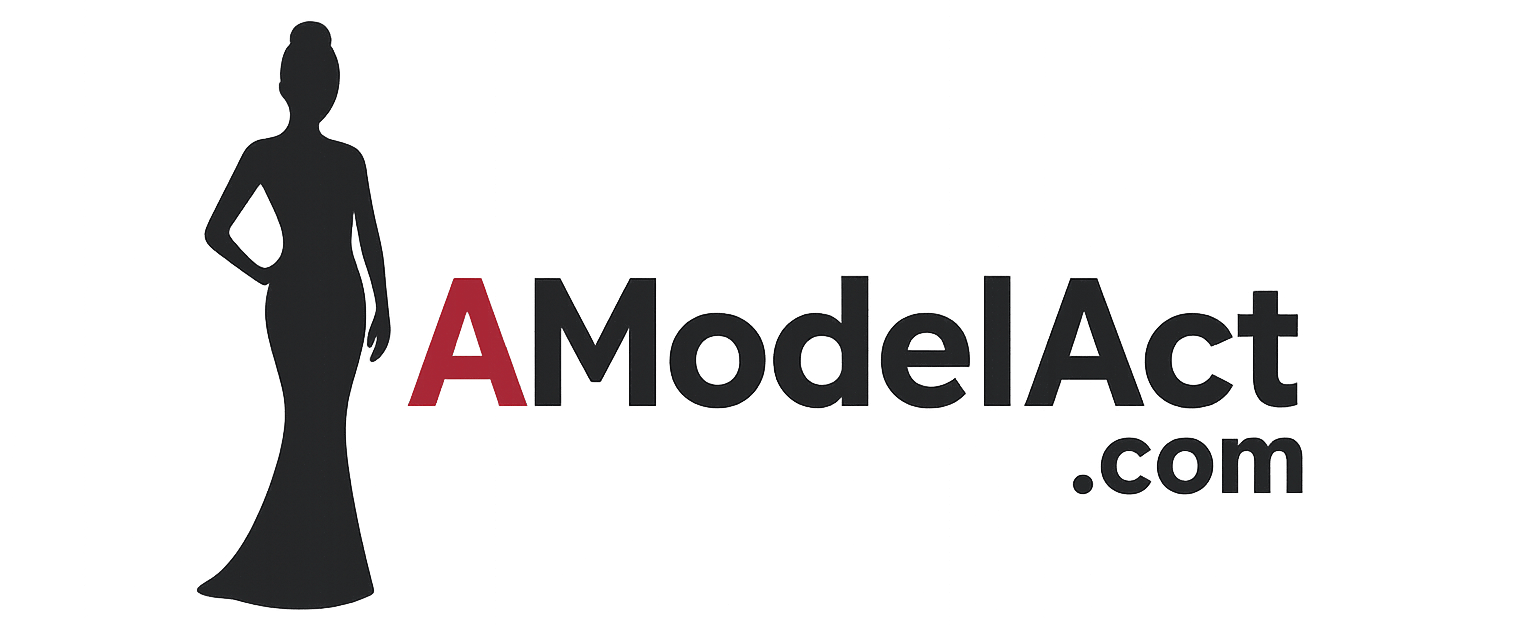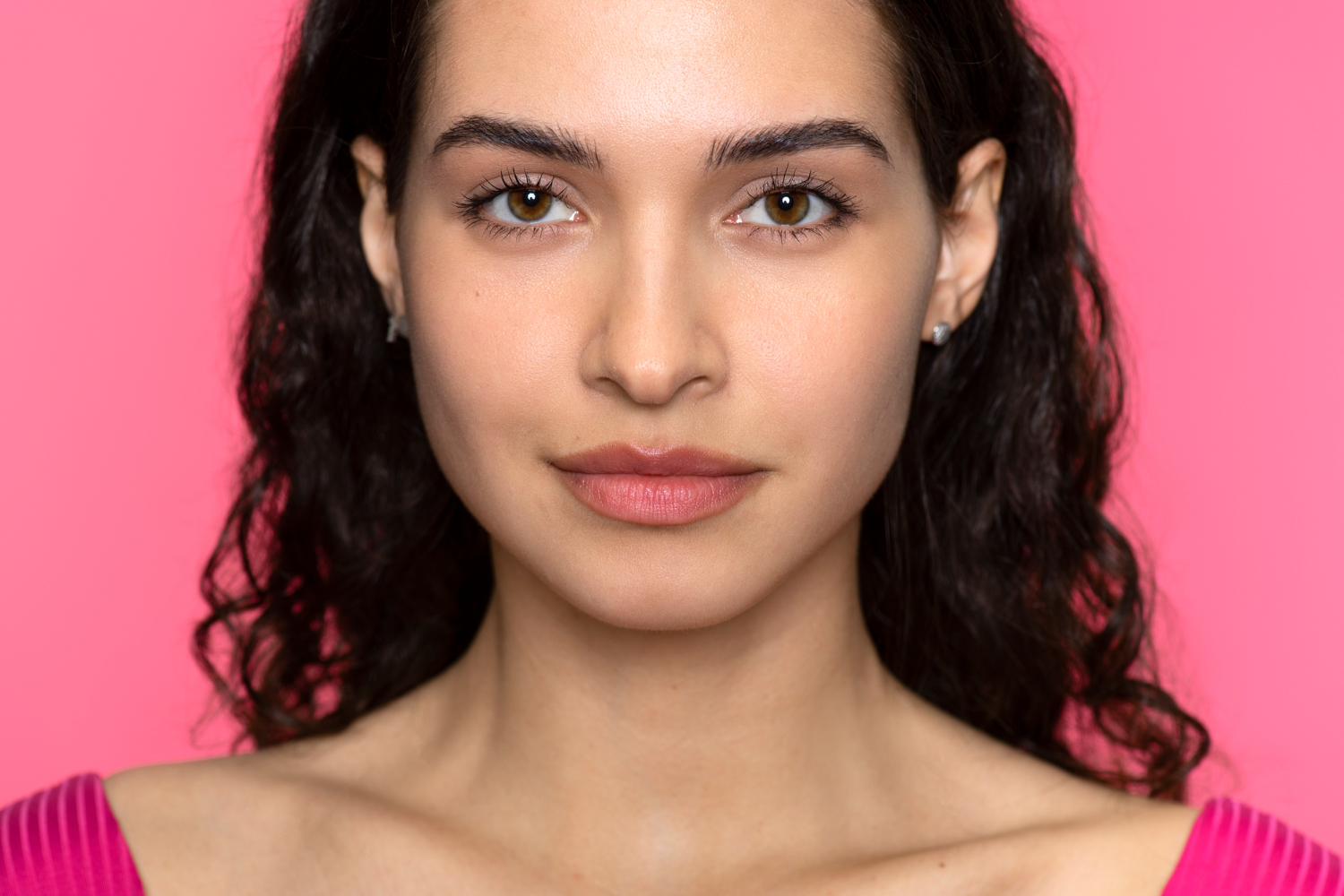Every time I walk onto a set for a close-up or a headshot session, I know the tiniest detail can make or break the image. Unlike full-body shots or editorial spreads, close-ups demand absolute precision. The camera zooms in tight, highlighting everything, your eyes, skin texture, lip shape, and even your emotions. That’s why knowing how to pose for headshots and close-ups is not just an option, it’s a necessity for any serious model.
Mastering Facial Awareness
Posing for a headshot is about facial awareness. Before stepping in front of the camera, I spend a few moments in the mirror, observing the angles of my face. I note which side looks more symmetrical or expresses more emotion naturally. Many photographers will ask, “What’s your good side?” and I like to have that answer ready. It’s not vanity, it’s professionalism.
Subtle shifts of the chin, eyebrows, or even cheek tension can dramatically change the emotion conveyed. I’ve found that even raising my eyebrows just slightly can create a more alert, youthful look, while softening my jaw can bring out vulnerability or approachability.
Relaxing the Face Without Losing Expression
One of the biggest mistakes models make is tensing the face. Tension around the mouth or in the brow can ruin a shot. Before each frame, I exhale slowly and let my features reset. This keeps the expressions genuine. A relaxed face doesn’t mean a blank one, there should always be an emotional thread running through the expression.
In my experience, less is more when it comes to movement. An eye flicker, a half-smile, or a subtle tilt of the head can be more powerful than exaggerated gestures. That’s why I always remind myself to do less, but mean it more.
Eye Contact and Intention
The eyes carry the weight in every close-up. I’ve learned that it’s not just about looking at the camera; it’s about connecting with it. Every time I pose for a headshot, I imagine I’m telling a story through my eyes. If the mood is playful, I channel that joy. If the vibe is serious or intense, I focus my gaze inward until the emotion surfaces.
When practicing how to pose for headshots and close-ups, I often look slightly above or below the lens, depending on the photographer’s direction. A soft gaze into the distance can suggest thoughtfulness, while a direct stare builds tension or strength.
Knowing Your Lighting Angles
Lighting plays a key role in how headshots and close-ups appear. Different angles of light reveal or hide the contours of your face. I always take a second to understand where the key light is positioned. If it’s coming from above, I may tilt my head slightly up to avoid harsh shadows under the eyes. If it’s side lighting, I angle my face to create beautiful depth across the cheekbones and jawline.
Having this awareness makes me more in control of the result. It also helps the photographer because I require fewer adjustments. This kind of confidence builds trust and often leads to better collaborations.
Micro-Movements Make Macro Impact
In tight shots, every twitch is noticeable. That’s why practicing micro-movements has become essential in my routine. I rehearse tiny changes in my expressions, like the soft pull of a smile, the blink of an eye, or the gradual squint that gives a natural intensity. These movements breathe life into the still frame.
I also use breath to control the movement. A slow inhale or exhale changes the tone of the image. You can literally breathe emotion into a photo. It sounds small, but it’s one of the most transformative techniques I’ve developed over time.
The Importance of Posture
While the face takes center stage, the posture of the neck, shoulders, and even hands (if they’re in frame) still matters. Slouching can compress the neck, make the face look rounder, or create double chins that weren’t there before. I keep my spine aligned, stretch my neck slightly, and drop my shoulders. This creates a poised, elegant base for the head.
It’s easy to forget posture during close-ups, but I always remember that elegance radiates upward. A strong posture subtly lifts the whole presence in the image.
Expression Practice in the Mirror
One way I honed how to pose for headshots and close-ups is by practicing in the mirror. I take 10 minutes daily to try various facial expressions. I watch how the light shifts across my skin, how my features respond to different angles, and which looks convey strength versus softness.
I sometimes even record videos of myself slowly cycling through different expressions. Watching them back gives me insight into which transitions feel forced and which ones are fluid. It’s like an emotional rehearsal, only visual.
Working With the Photographer
Collaborating with the photographer is essential in close-up work. I always ask for feedback during the session. Am I conveying the emotion needed? Should I try a different angle? When I’m open to direction but still offering my own presence and choices, the results are always stronger.
I’ve also learned to read the photographer’s energy. If they seem excited, I know we’re on the right track. If they’re quiet or tweaking things often, it usually means something needs adjustment. Staying tuned in to that feedback loop is how I consistently improve.
Hair, Skin, and Makeup Readiness
Since close-ups are so unforgiving, skin texture, stray hairs, and makeup details all show up with brutal clarity. That’s why I take prep seriously. I exfoliate and moisturize my face well before shoot day. I avoid any new skincare products right before a session to prevent unexpected breakouts or irritation.
For makeup, I go for natural enhancement. It’s not about caking on product, it’s about strategically highlighting the best features. A well-blended foundation, a hint of blush, defined brows, and clean lips often go a long way. If the look calls for more drama, I build from that solid base.
Lip Control and Jaw Placement
A big part of facial posing is in the lips and jaw. Parted lips can look seductive or relaxed, but if done without intention, they may appear sloppy. I experiment with small variations: lips closed and soft, gently parted, pressed slightly together, or pulled into a smirk or soft smile.
The jawline, especially, plays a huge role in close-ups. I push my face slightly forward (the classic “turtle” technique) to define the jaw and elongate the neck. It feels odd, but looks fantastic on camera.
Avoiding Common Mistakes
Over-posing is one of the biggest pitfalls. When I first practiced how to pose for headshots and close-ups, I used to exaggerate expressions or strain my features. Now I know that calm confidence always wins. Forced intensity, furrowed brows, or pouty lips can ruin the authenticity of the shot.
Another mistake is not breathing between takes. Holding my breath makes me look tense and anxious. A quick reset, inhale, exhale, blink, can refresh my energy and help the photographer capture a genuine moment.
Confidence Is Contagious
Confidence isn’t just an emotion, it shows up in your bone structure, eye contact, and energy. Before any close-up, I ground myself. I think of a memory that makes me feel powerful or connected. That energy radiates through the image.
The difference between a good and a great headshot often comes down to energy. If I walk in thinking “I hope I look good,” it shows. But if I enter the frame knowing I have something unique to offer, that shows too, and it’s magnetic.
Practicing in Natural and Studio Light
Different lighting setups reveal different aspects of my face. Natural light tends to be softer and more flattering, while studio light is sharp and defined. I practice in both so I’m never caught off guard. I also try posing under a ring light, softbox, and side window to explore how shadows change the structure of my face.
When I understand how light behaves, I can adjust myself quicker on set. It saves time and shows that I know what I’m doing, which makes photographers and clients respect me more.
Final Thoughts
Learning how to pose for headshots and close-ups has been one of the most valuable parts of my modeling career. It’s not about memorizing poses, it’s about mastering presence. The camera doesn’t lie. It captures exactly what you give it, whether that’s fear or confidence, hesitation or power.
Every shoot is a new opportunity to refine how I express myself in small ways. From how I breathe to how I raise an eyebrow, I treat each session like a performance. That’s the mindset that makes great headshots stand out.
By showing up prepared, aware, and open to collaboration, I’ve created some of my best work in these tight frames. They might seem simple, but headshots and close-ups carry the weight of storytelling, and when done well, they become your strongest asset in the modeling world.

